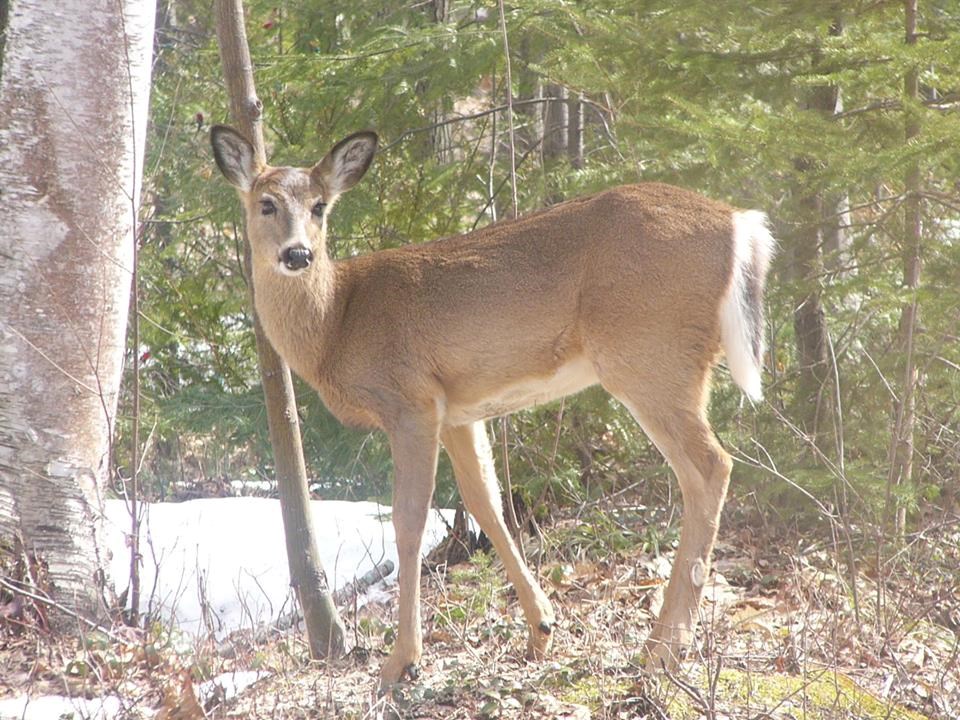THUNDER BAY -- Five years after it was implemented, City of Thunder Bay officials still are unable to document the results of the controlled bow hunt for deer.
This is in sharp contrast with Duluth, Minnesota, where a system is in place to measure the outcome of that city's bow hunt in great detail.
Thunder Bay introduced its hunt in 2012, partly in response to a growing deer population and numerous collisions with motor vehicles. It was also aimed at minimizing property damage and the spread of disease.
When the hunt was first announced, the Ontario Federation of Anglers and Hunters welcomed the move, citing an insurance company's report that said that in 2010 there were an estimated 640 to 850 deer/vehicle collisions in the Thunder Bay "area", resulting in 42 injuries.
James Coady, manager of the city's Licensing and Enforcement Division, says he doesn't believe that very many animals are being harvested, and there is "no way to prove" if the hunt has reduced the number of collisions over the past five years.
Although an administration report to city council last year did note a reduction in deer/vehicle collisions between 2012 and 2015, officials said a variety of factors could have contributed to that, including weather conditions, predation by wolves, and other issues affecting the deer population.
Hunters require a provincial hunting license and must abide by all Ministry of Natural Resources and Forestry regulations, but Coady said there is no system in place with the city or the ministry to collect data on their success rate in the city.
In Duluth, the deer hunt is carefully scrutinized by the Arrowhead Bowhunters Alliance.
Spokesperson Brian Borkholder told tbnewswatch.com that as of Wednesday, 207 animals had been harvested since the hunt started in mid-September.
Borkholder said hunters register online, get a unique I.D. number, and complete a year-end survey. The organization is able to determine not only how many deer were killed, but also their sex, whether they were adults or fawns, antlerless or antlered, and where they were harvested.
Over the 12-year history of the Duluth hunt, more than 6,000 deer have been bagged.
"Of those 6,000, eighty-two per cent have been antlerless. So when you take a whack on that many baby-makers, you're going to impact the population," Borkholder said.
A year-end report on the hunt is made available annually to Duluth city council.
Despite a lack of similar data in Thunder Bay, Coady said he expects the urban hunt here will continue. He said he's not aware of any incidents in which a person was injured, although there have been some reported cases of trespassing.
